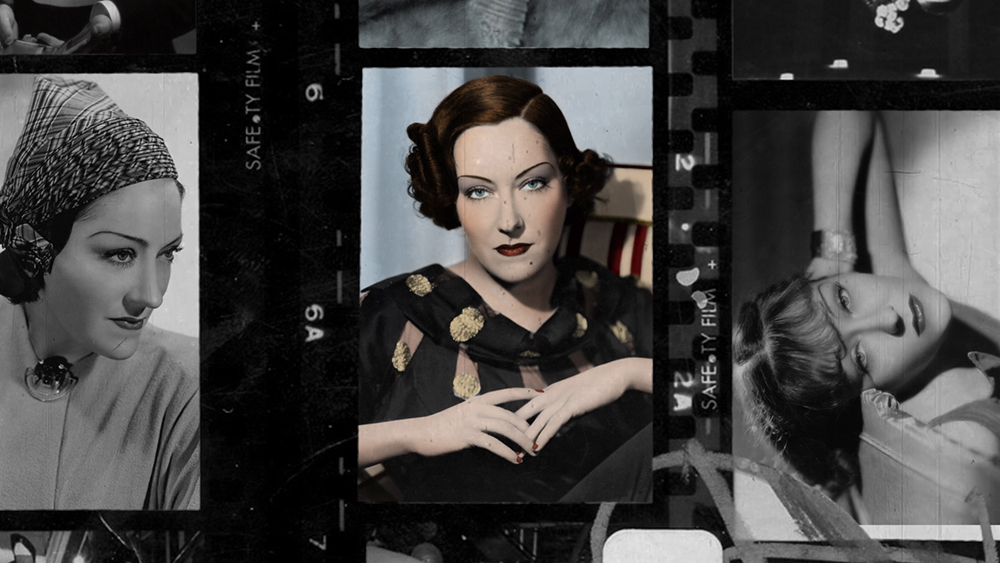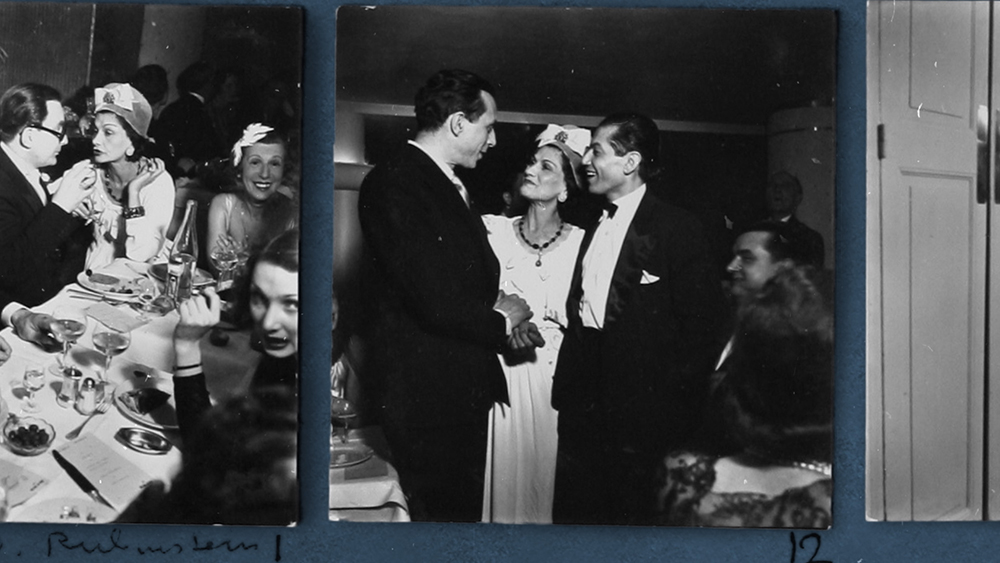The latest video from the French house explores how its founder left her mark on cinema
Words by ALISON EDMOND
Continuing its video series Inside Chanel on the life of Gabrielle Chanel, the brand’s latest episode turns its lens on Madame Chanel’s enduring influence on Hollywood. Gabrielle Chanel and the Cinema tells how the studios embraced the couturier during the pre-war golden age, and how she was ahead of her time in recognizing the natural romance of film and fashion as a partnership. Moreover, she was one of the first to realize how the moving image could transform the visibility of a brand across the world, with actresses as the perfect ambassadors to showcase her designs. “It is through cinema that fashion can be imposed today,” she said to La Revue Du Cinéma in 1931.
That same year, Samuel Goldwyn asked Mme. Chanel to dress his actresses at United Artists. She began by designing costumes for Gloria Swanson in the 1931 film Tonight or Never (in which even a bottle of Chanel No. 5 finds its way onto the screen, illustrating the character’s complete envelopment in the designer’s world). Greta Garbo, Katharine Hepburn and Marlene Dietrich were among the other stars who became admirers.
But Hollywood’s decadent glamour quickly proved too much for the minimalistic elegance the designer preferred, and she returned to Rue Cambon in Paris with all that she had gleaned about photogenics: which fabrics flattered the silhouette and caught the light on camera, and how scenes were composed, lit and framed. She continued working from Europe with directors and actresses such as Roger Vadim, Jean Renoir, Marcel Carne, Alain Resnais, Jeanne Moreau, Elizabeth Taylor and Jane Fonda, and her influence as a connector was substantial. Who would have known that Chanel introduced Visconti to Renoir, or Zeffirelli to Vadim?
In return, Visconti gave her longtime friend and muse Romy Schneider, who told Elle in 1963, “Chanel taught me everything without ever giving me advice. Chanel is not a fashion designer like the others. … It is an elegance that pleases the mind even more than the eyes.”
Through the French New Wave in the 1950s and on to the avant-garde, Chanel was always ahead of the curve, and she worked well into her 70s with the icons of the film world, cementing a legacy of dressing stars that continued throughout Karl Lagerfeld’s tenure at the brand, both on the screen and the red carpet, and one which will no doubt carry on until the end of the reel.
Feature image: A bottle of the fashion house’s iconic No. 5 fragrance. All photo courtesy of Chanel.
April 27, 2020
Discover more STYLE news.







